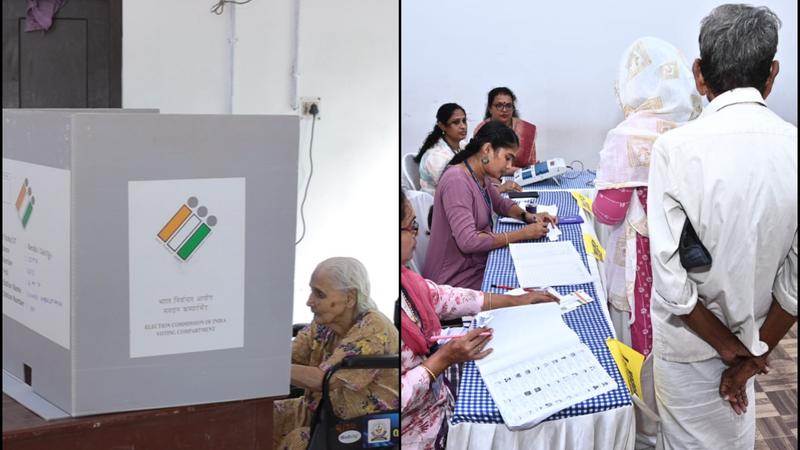Published 18:40 IST, April 26th 2024
How EVMs Changed The Face Of World's Largest Election Exercise In India | Explainer
EVMs transformed India's electoral process, ensuring efficiency, transparency, and credibility in the world's largest democratic exercise.

How EVMs Changed The Face Of World's Largest Election In India | Image:
ECI
- Listen to this article
- 3 min read
Advertisement
18:37 IST, April 26th 2024



